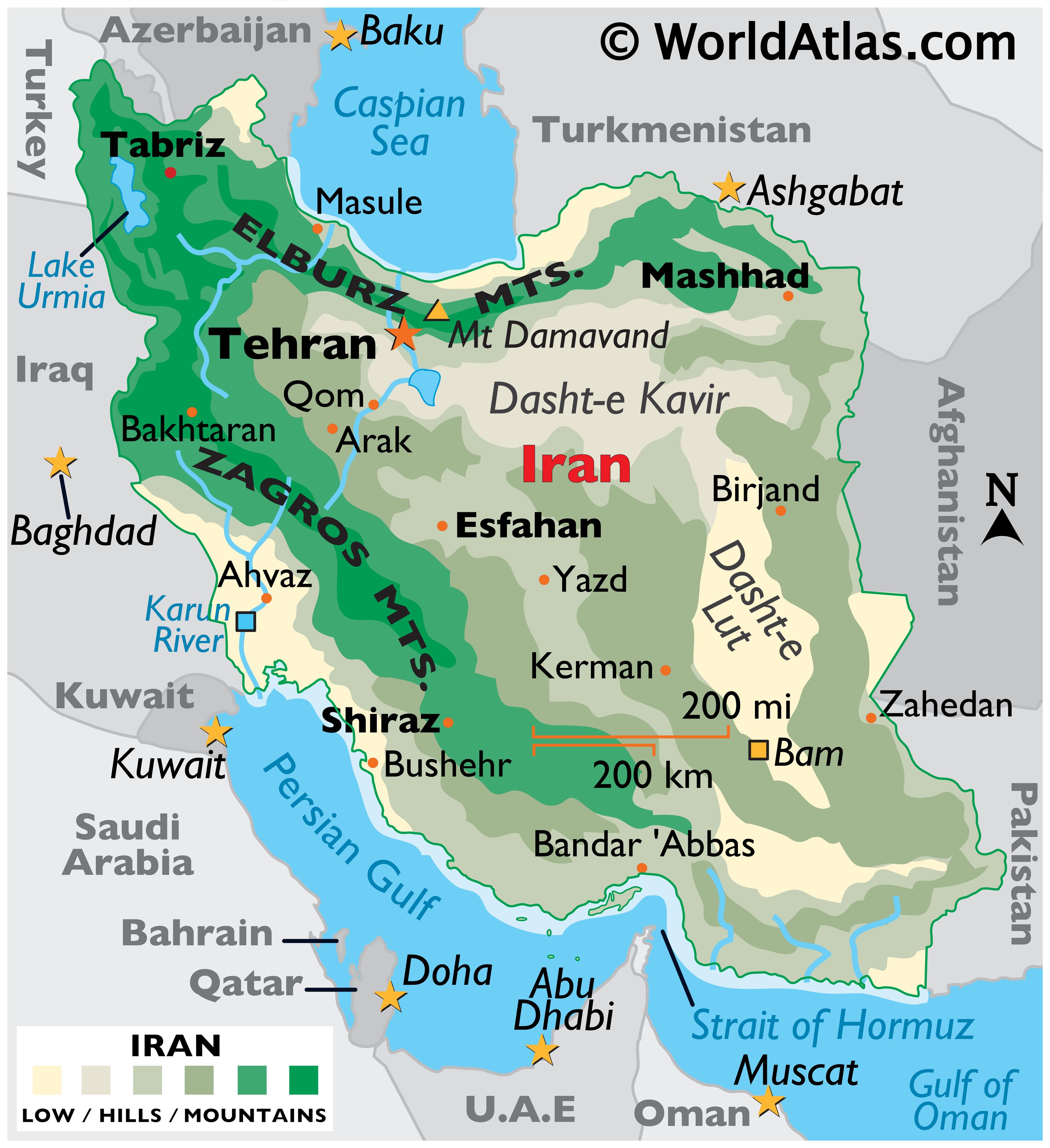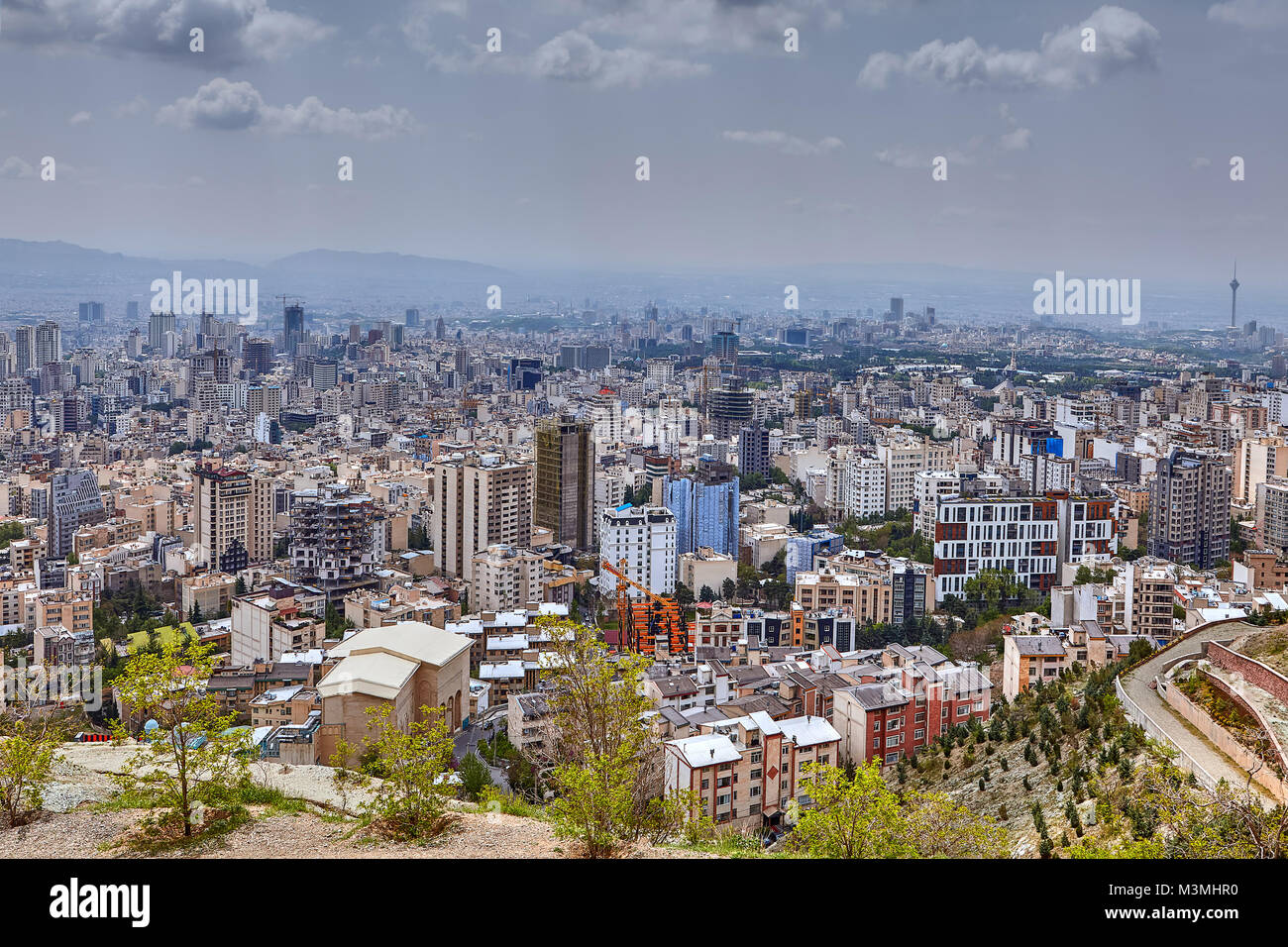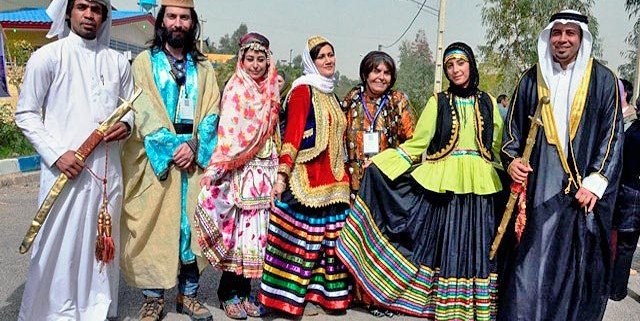Iran 2025: Complete Guide to the Islamic Republic of Iran
Iran 2025: Complete Guide to the Islamic Republic of Iran

Table of Contents
Understanding Iran: The Islamic Republic at a Glance
Iran, officially known as the Islamic Republic of Iran, stands as one of West Asia's most significant nations and a key player in Middle Eastern geopolitics. With a population of 92 million people, Iran ranks as the 17th largest country globally by both geographic size and population, making it the sixth-largest nation in Asia.

Located strategically between Europe, Asia, and Africa, Iran has played a pivotal role in regional and global affairs for millennia. The country maintains significant influence through its vast energy resources, cultural heritage, and geopolitical positioning in the volatile Middle East region.
Iran's Strategic Geography and Diverse Population
Iran covers 1,648,195 square kilometers (636,372 sq mi), sharing borders with Iraq to the west, Turkey, Azerbaijan, and Armenia to the northwest, the Caspian Sea to the north, Turkmenistan to the northeast, Afghanistan to the east, and Pakistan to the southeast. The Persian Gulf and Gulf of Oman provide southern coastal access.
Tehran serves as the nation's capital, largest city, and financial center, housing over 9 million residents in its metropolitan area. The country is divided into 31 provinces across five distinct regions, each with unique cultural and geographical characteristics.
Iran's population is ethnically diverse, with Persian being the official language while numerous regional languages are spoken throughout the country. The demographic composition reflects centuries of cultural exchange and migration across this historically significant crossroads.
From Ancient Persia to Modern Iran: A Historical Overview

Iran boasts one of the world's oldest continuous civilizations, with settlements dating back to 4000 BC. The region first unified under the Median kingdom in the 7th century BCE, followed by the mighty Achaemenid Empire founded by Cyrus the Great in the 6th century BCE.
Throughout history, Iran experienced the rise and fall of numerous dynasties, including the Parthian and Sasanian empires, the Islamic conquest in the 7th century CE, and various Persian dynasties. The Safavid dynasty in the 16th century established Twelver Shia Islam as the state religion, laying foundations for modern Iran.
The 20th century brought dramatic changes with the Pahlavi dynasty, the 1979 Iranian Revolution led by Ayatollah Ruhollah Khomeini, and the establishment of the current Islamic Republic. This transformation fundamentally altered Iran's political structure and international relations.
Iran's Unique Political System and Governance
Iran operates as an Islamic theocracy with both elected and unelected institutions. The Supreme Leader holds ultimate authority, while the President serves as head of government. The system combines republican elements with religious oversight through bodies like the Guardian Council.
The current Supreme Leader is Ali Khamenei, who has held the position since 1989. President Masoud Pezeshkian assumed office in July 2024 following elections marked by low voter turnout and restricted candidate selection.
International observers frequently criticize Iran's electoral processes, particularly the Guardian Council's role in vetting candidates. The government faces ongoing scrutiny regarding human rights, press freedom, and treatment of minorities and political dissidents.
Economic Profile: Resources and Challenges

Iran's economy is heavily dependent on its vast fossil fuel reserves, including the world's second-largest natural gas supply and third-largest proven oil reserves. These resources make Iran a middle power with significant geopolitical influence despite international sanctions.
The country operates a centrally planned economy with substantial state ownership in key sectors, though private enterprise exists alongside government control. Iran's GDP (PPP) reached $1.746 trillion in 2025, ranking 23rd globally.
Economic challenges include international sanctions, inflation, unemployment, and the need for economic diversification beyond oil and gas exports. The Iranian rial has experienced significant devaluation, with currency exchange rates reflecting economic pressures.
Rich Persian Culture and UNESCO Heritage
Iran's cultural legacy spans thousands of years, encompassing literature, art, architecture, and philosophy. The country maintains 28 UNESCO World Heritage Sites, ranking 10th globally, and holds the 5th position worldwide in intangible cultural heritage.

Persian language and literature have profoundly influenced Islamic civilization, with poets like Hafez, Rumi, and Ferdowsi achieving international recognition. Traditional Persian arts, including carpet weaving, miniature painting, and architecture, continue to thrive alongside modern cultural expressions.
Iran's diverse ethnic groups, including Persians, Azerbaijanis, Kurds, Arabs, and Baluchs, each contribute unique traditions, languages, and customs to the nation's rich cultural tapestry.
Contemporary Challenges and International Relations
Iran faces significant challenges in 2025, including ongoing tensions with the United States and Israel, human rights concerns, and regional conflicts. The country's nuclear program remains a contentious international issue, with Iran maintaining its civilian purposes while facing Western skepticism.
Recent developments include deportations of Iranian nationals from the United States, escalating tensions with Israel, and continued domestic protests regarding women's rights and political freedoms. The 2022 "Woman Life Freedom" movement highlighted widespread dissatisfaction with government policies.
Iran maintains memberships in various international organizations, including the United Nations, OPEC, and recently joined BRICS, while facing isolation from Western nations due to sanctions and policy disagreements.
Frequently Asked Questions About Iran
Is Iran the same as Persia?
Yes, Iran was historically known as Persia in the Western world. In 1935, Reza Shah Pahlavi officially requested that foreign countries use "Iran" in formal correspondence, though both terms remain acceptable today.
What is Iran's relationship with the United States?
Iran and the United States have had no formal diplomatic relations since 1980. Pakistan serves as Iran's protecting power in the US, while Switzerland represents US interests in Iran.
What language do Iranians speak?
Persian (Farsi) is Iran's official language, spoken by the majority of the population. However, Iran is linguistically diverse, with Azerbaijani Turkish, Kurdish, Arabic, and other languages spoken by various ethnic groups.
What is Iran's main religion?
Iran is an Islamic republic where Twelver Shia Islam is the official state religion, practiced by approximately 90-95% of the population. Religious minorities include Sunni Muslims, Christians, Jews, and Zoroastrians.
How does Iran's government work?
Iran operates as an Islamic theocracy with the Supreme Leader holding ultimate authority. The system includes both elected officials (President, Parliament) and unelected religious bodies (Guardian Council) that oversee governance and candidate selection.
What are Iran's major exports?
Iran's economy heavily depends on oil and natural gas exports, which constitute the majority of export revenues. Other exports include carpets, pistachios, petrochemicals, and various agricultural products.
Share This Comprehensive Iran Guide
Help others understand Iran's complex history, culture, and current situation by sharing this complete guide. Knowledge and understanding are essential for navigating today's interconnected world.
Share this article with friends, students, or anyone interested in learning about this historically significant nation and its role in contemporary global affairs.